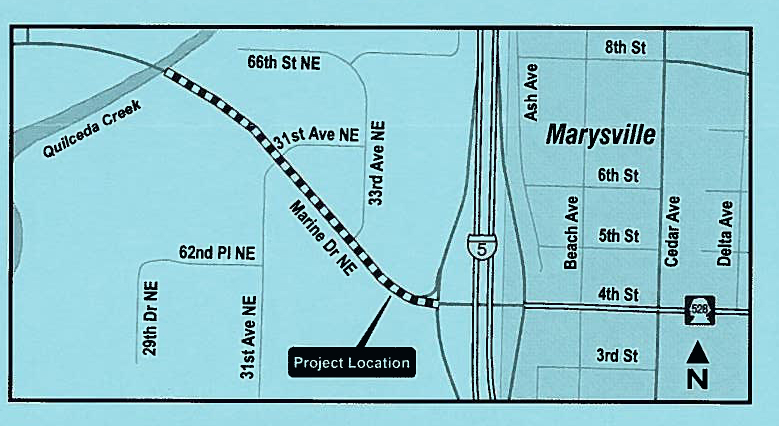Posted: 07/14/2013 1:55 pm
Huffington Post By Tim Giago Founder, Native American Journalists Association
If you are Native American and you have lived in Rapid City for any length of time, the actions of the Department of Parks and Recreation Advisory Board last Thursday would have come as no surprise.
After two previous meetings, the board finally voted 4 – 3 to deny Native Americans the opportunity to place four bronze busts of famous Native Americans in Rapid City’s Halley Park.
I felt from the moment I entered the arena of the old Sioux Indian Museum at Halley Park that we were about to face a rigged and forgone conclusion of a decision. That feeling just hung in the air. The board saw to it that five of the grandchildren of Mr. James Halley, for whom the park was named, were present. It was almost as if they collectively brought a feeling of “Oh my God; they are trying to place the busts of Indians in our precious park.”
Most of the people standing up in opposition to the plan were folks who lived in the park neighborhood. To a person they said, “Oh, the idea is a really good one, but not in our neighborhood.” One elderly lady almost uttered the racist words that seemed to be on the minds of those people opposed to the project. She said, “I’ve lived in Rapid City for 70 years and if they put those statues there the next thing you know . . . . . . . . Oh, I can’t even find the words.” Every Indian in the place knew the words. They were, “The next thing you know there will be a bunch of drunken Indians panhandling and dirtying up the park in our precious neighborhood.”
Actually the idea of the Sculpture Garden of Native Americans was hatched by the longtime activist and professor, Elizabeth Cook-Lynn, a member of the Crow Creek Sioux Tribe. She wanted to place the busts of accomplished Native Americans like Vine Deloria, Jr., a noted Indian author, Oscar Howe, one of the great Indian artists of our time, Charles Eastman, an author and physician, and the famous holy man Black Elk, in the park to show the rest of the world that we (Native Americans) had intelligent, professional scholars and artistic members in our history who seldom make it into the history and text books of non-Native America.
At a previous meeting a few months back Cook-Lynn was quoted as speaking of “little white girls” and this comment set off board member Jeff Schild. His impression of one of the ‘good ole boys,’ intentional or not, was right on. His efforts at making light of a serious proposal were embarrassing to some of the other board members and definitely to all of the Native Americans in attendance.
Mr. Schild made it his goal to attack and embarrass the elderly Dakota woman, Liz Cook-Lynn. “I didn’t like your comment about little white girls because I have two daughters of my own and Oh yes; I’m of Russian and German descent.” Retorted Liz, “Well you folks refer to our children as ‘little Indians,’ so what’s the difference? But Schild kept jabbing away until he forced an apology from Cook-Lynn. It seems that his attacks upon Cook-Lynn were his only reason for showing up that night and his obvious opposition to the proposal to place the statues in Halley Park was secondary.
For more than 50 years the Sioux Indian Museum was located in the very park Cook-Lynn selected for the Sculpture Garden of Native Americans. The lame excuse that by placing the statues in the park would create traffic problems was repeated over and over and the proven fact that the Sioux Museum never caused traffic problems in all of the years it shared the park was never mentioned.
The placing of the Indian statues in the park would then become a “destination” according to Mr. Schild, Nick Stroot and Chuck Tinant, three of the board members who voted against the plan. “The location is a big concern,” they almost chimed in unison. And they could have added, yes, my dear little Indians, it’s a good idea, but not in our neighborhood.
There are statues of past white American presidents on nearly every street corner in downtown Rapid City. Are they also considered a “destination” because there is certainly a lot of traffic passing through downtown? No, they are more of a distraction than a destination.
We ask Elizabeth Cook-Lynn to stick to her guns and don’t give up the fight. Discouragement is the first roadblock to accomplishment.
The next step of the Four Nations Sculpture Park Corporation will be to take the fight to the newly elected, second-term mayor, Sam Kooiker. As Mr. Schild would probably say in his best impression of one of the “good ole boys,” There’s more than one way to skin a cat.”
(Tim Giago can be reached at unitysodak1@knology.net)















